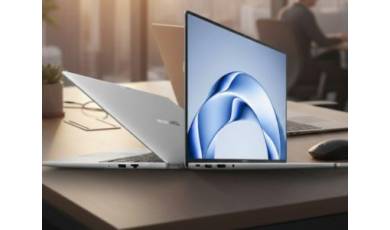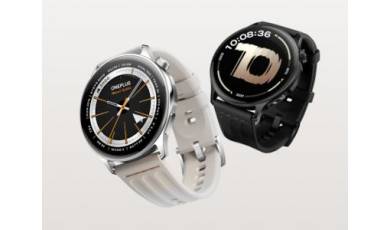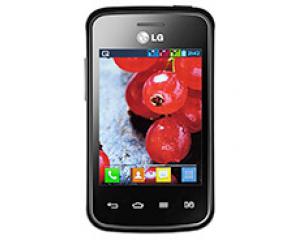Flash firmware on LG Optimus L1 II Tri E475
Mobiles >> LG >> LG Optimus L1 II Tri E475| Specifications | Reviews | Secret codes |
| Unlock phone | Root phone |
| Backup | Flash Firmware | Screenshot |
| Hard Reset |
How to flash LG Optimus L1 II Tri E475?
Why reinstall the firmware?
Errors constantly appear in the Android operating system.
Some applications stop opening.
Many applications from the Play Market do not start.
The phone turns off for no apparent reason.
The phone slows down a lot during operation.
You are not satisfied with the functionality of the stock (official) firmware.
Where can I find the firmware?
On the official Internet resource of the phone manufacturer.
On Internet resources where users post custom or official OS.
What should be done before installing the firmware?
Back up your contacts and user data and transfer it to your computer.
Insert your SD card into your phone. It must have enough memory to fit the firmware.
Determine your smartphone model.
Charge your phone fully.
Download archive with Firmware.
Installing TWRP Recovery
Install the Official TWRP App via the Play Market. And run this application.
At the first start, you need to give consent to future manipulations, as well as consent to granting the Superuser rights to the application. Check the checkboxes and press the 'OK' button.
After moving to the next screen, select the 'TWRP FLASH' item and provide the application with root rights.
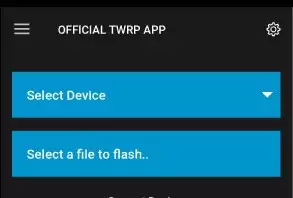
On the main screen of the application, click on the 'Select Device' drop-down list, and select your phone model.
After selecting the phone, the application will redirect the user to a web page to download the modified recovery environment image file. Download the proposed *.img file.
After downloading the image file, return to the main screen of the Official TWRP App and press the 'Select a file to flash' button. Then we tell the program the path where the file loaded in the previous step is located.
Now press the 'FLASH TO RECOVERY' button and confirm your choice, press 'OK'.
The recording process is very fast, and upon completion, the message 'Flash Completed Succsessfuly!' appears. Click 'OK'. The TWRP installation procedure can be considered complete.
Copy the necessary files to the SD memory card. Using a PC or laptop card reader.
Insert a memory card into the device.
To reboot into recovery, you need to use a special item in the Official TWRP App menu, accessible by pressing the button with three stripes in the upper left corner of the main screen of the application. Open the menu and select the 'Reboot' item, and then click on the 'REBOOT RECOVERY' button.
Firmware via TWRP
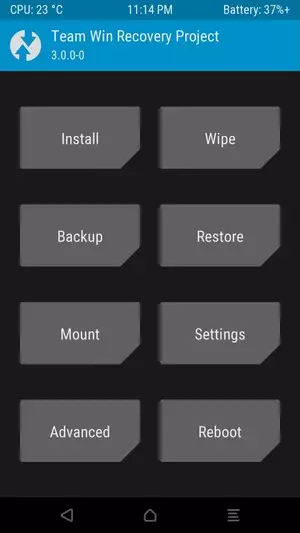
Before flashing, you need to clear the 'Cache' and 'Data' sections, press 'WIPE' on the main screen. This will delete all user data from the device, but avoid a wide range of software errors and other problems.
Now you can start flashing. Press the 'Install' button.
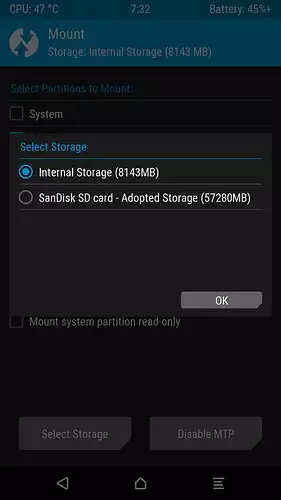
The file selection screen appears. At the very top is the 'Storage' button, select the location where the firmware file is located.
Select the location where you copied the files.
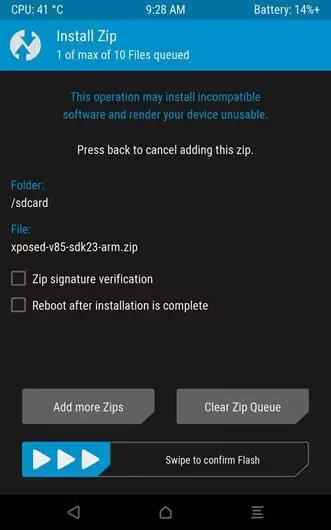
Select the firmware file and click on it. A screen opens with a warning about possible negative consequences, you need to check the item 'Zip signature verification', which will avoid using damaged files during recording.
The procedure for writing files to the device's memory will begin, accompanied by the appearance of inscriptions in the log field and the completion of the progress bar.
After completing the installation procedure, a 'Successful' message appears on the screen.
Summary: Smart Phone OS: Android OS, v4.1.2 (Jelly Bean); Chipset: Qualcomm MSM7225A-AB Snapdragon S1; CPU: 1.0 GHz Cortex-A5; GPU: Adreno 200; Type: TFT capacitive touchscreen, 256K colors; Screen Size: 3.0 inches (~46.1% screen-to-body ratio); Resolution: 240 x 320 pixels (~133 ppi pixel density); Multitouch: Yes; Main Camera: 2 MP; Features: Geo-tagging; Video: 480p@30fps; Front Camera: No; Card slot: microSD, up to 32 GB (dedicated slot); Internal: 4 GB, 512 MB RAM; Alert types: Vibration; MP3, WAV ringtones; Loudspeaker: Yes; 3.5mm jack: Yes; WLAN: Wi-Fi 802.11 b/g/n, hotspot; Bluetooth: v3.0, A2DP; GPS: Yes, with A-GPS; Radio: FM radio, recording; USB: microUSB v2.0; S ...
Comments, questions and answers on the flash firmware LG Optimus L1 II Tri E475
Ask a question about LG Optimus L1 II Tri E475

